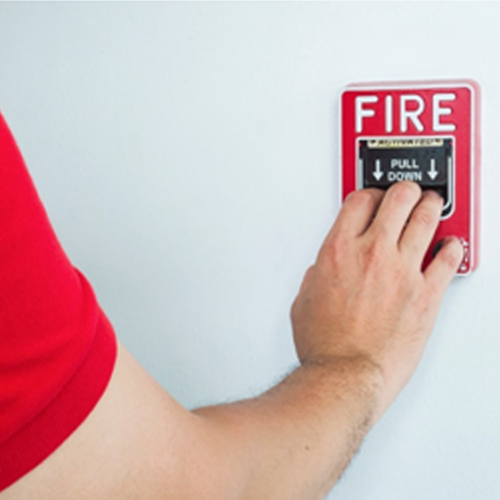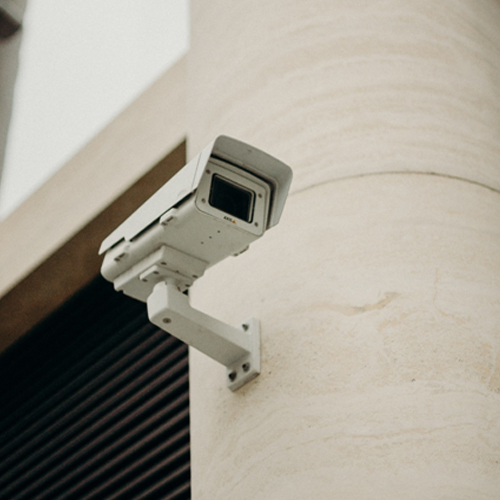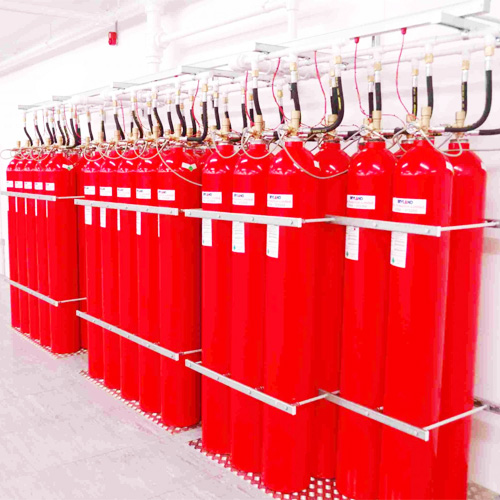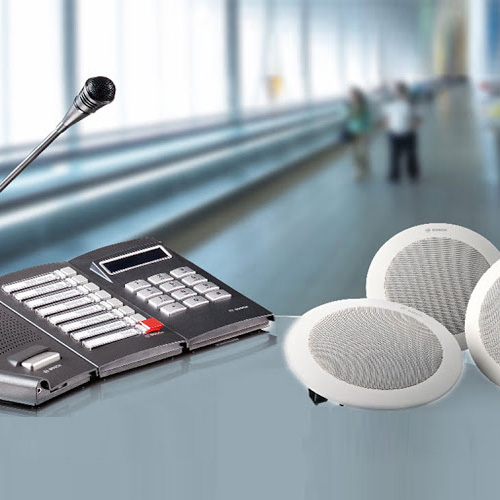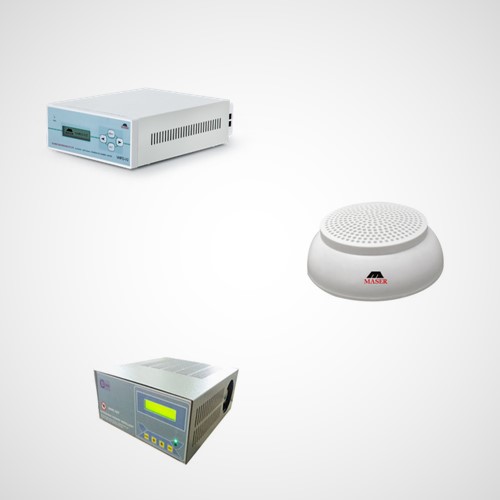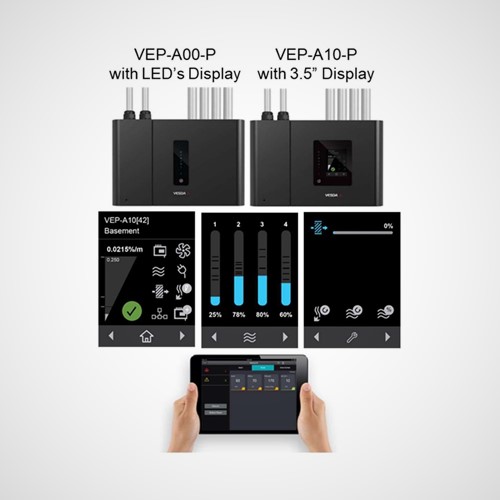Building
Management Systems
A Building Management System (BMS) is a computer based system installed in buildings to control and monitor mechanical and electrical plants, including; HVAC (heating, ventilation, air conditioning), lighting, power systems, fire systems, and security systems.
Effective well utilized Building Management Systems (BMS) provides the core management tool required by building managers to ensure monitoring and efficient management of energy and occupant comfort. It enables Building Managers to provide the optimal working environment while minimizing the landlords' and tenants' costs. Effective BMS utilization allows for optimal building performance by extending equipment and systems' operational life by reducing loads and operating hours. Therefore, maintenance and capital costs are reduced, and less embedded energy is consumed through equipment replacement and upgrades.
The major aim of the BMS is to guarantee the safety of facility operation, while also monitoring and optimizing the use and efficiency of its supervised subsystems to allow more efficient operation. Examples of the major subsystems controlled by the BMS are:
- HVAC System: The duct temperature, pressure, and humidity, as well as exhaust temperature are connected to the BMS, and if their value exceeds defined limits, an alarm is generated.
- Central Fume Collection, Laminar Flow Units, Dust Collection System, Central Vacuum System, Heat blowers: The BMS monitors the performance of these systems, allowing for early identification of units requiring maintenance. Sudden breakdown would signal via alarms and then appropriate action can be taken to protect the product.
- Technical Steam System: Should, for instance, the pressure or temperature in the piping system fall below the defined regulatory values for clean steam, the BMS shall trigger an alarm, indicating a threat to product quality.
- Hot Water System and Central Heating: Temperature and pump control monitoring via the BMS allows for a proper functioning of hot water distribution through the facility.
- Chilled Water System: Control of the facility chillers could be supervised by BMS to monitor proper behaviour of the system in terms of water/coolant temperature control or pump control to assure proper distribution within the distribution loop.
- Electrical Monitoring System: The BMS may monitor the consumed electrical power and the state of main electrical switches.
- The number of subsystems connected to the BMS and the level of control is related to the investment decision: However, the two main subsystems, which are usually accounted for in a BMS are (1) HVAC control and (2) electrical systems monitoring.
Security

Security
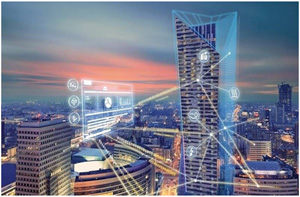
Our Brand
Partners



